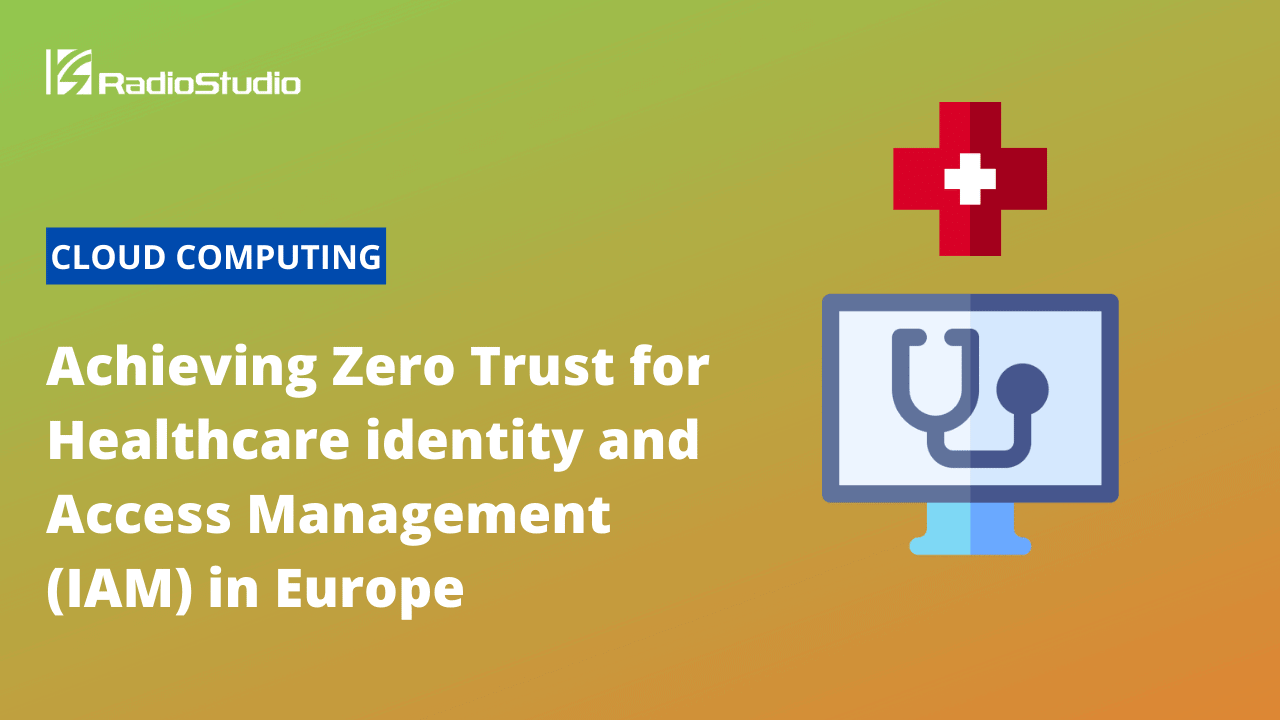The healthcare industry is seeing a rapid rate of digitization. The pressure is on existing health services for digital transformation. Also, new players are grabbing the opportunity to bring forward new digital-first solutions. Additionally, many organizations are reviewing how they can achieve a Zero Trust approach to their security – that is, ensure that trust is earned by verification, and not assumed.
This article was originally published by Ubisecure.
Digital transformation is driving demand for healthcare identity and access management (IAM) solutions. While this is true for almost all sectors, healthcare has unique challenges when it comes to IAM. These are notably when trying to achieve a Zero Trust strategy, and specifically in the areas of security, regulatory compliance, user experience and operational efficiency. Let’s look at how specific IAM capabilities help healthcare organisations in each of these key areas.
Security
Security is important for any digital service, but for eHealth in particular as it is a popular target for bad actors. This Trustwave report found that healthcare data is the most valuable on the black market. Healthcare data was valued at up to $250 per record, compared to $5.40 for the next highest value record.
A well-publicised case in Finland saw a private psychotherapy centre’s database breached. A significant amount of sensitive patient data was stolen, which attackers used to attempt to extort money from victims. With a trial on the way, the CEO and board have been held personally responsible for tens of millions in damages. Sadly, money will not bring back the privacy of the patients.
So what can be done to avoid a data breach? As 80% of security breaches are caused by weak or stolen passwords, you must avoid password-only access to healthcare systems. IAM offers alternatives to passwords (like biometrics and identity providers) which provide persistent verification of identity and ongoing stronger authentication – again contributing to an effective Zero Trust security architecture.
If you don’t want to get rid of passwords yet, or you want to make the authentication even stronger, IAM also enables multi-factor authentication (MFA). It’s much harder for a hacker to get past more than one authentication factor, so MFA increases trust in the accessing party. For this reason, high growth is forecast for MFA in the healthcare sector.
Regulatory Compliance
Directly related to security is compliance, since many regulations require a high level of information security. Healthcare service providers in Europe are not generally bound by US healthcare specific regulations like HIPAA and EPCS. However, they are subject to the GDPR.
When it comes to GDPR, 50% of our survey participants said that achieving GDPR compliance without CIAM would be impossible. This is because IAM capabilities allow organisations to meet certain criteria of the regulation. These capabilities include self-service account management, flexible logging capabilities and role-based access to data.
User Experience
User experience (UX) is critical to uptake of, and loyalty to, any eHealth service. Particularly with external users, the journey through your service must be frictionless. Otherwise you will not achieve the level of usage needed to fully realise the benefits.
IAM enables healthcare organisations to provide seamless registration and login experiences. It enables a Zero Trust security strategy without disruption to user experience. Healthcare users are likely to be diverse, and have different levels of digital literacy. Thus, eHealth must focus on inclusion or risk excluding groups from using the service.
Healthcare identity and access management offers out of the box workflows for registration. These workflows have also been tried and tested in similar use cases. It allows you to tailor identity verification and authentication to your user groups, with options to avoid a ‘one size fits all’ approach.
Single sign-on (SSO) also reduces friction when users are moving between areas of your service, and even federated third-party services. This increases user loyalty.
Operation Efficiency
Healthcare services often have multiple types of key stakeholders, which can require complex identity and access management workflows. These workflows may also need to span across organisations, taking into account connected companies, government institutions and supply chain.
Without the correct IAM solution to support such workflows, operational efficiency can take a huge hit. With the correct IAM solution, workflows are digitised and seamless, enabling true operational efficiency.
For more information on healthcare identity and access management, download this free white paper. The white paper looks at how specific IAM capabilities can aid with challenges unique to the healthcare sector in Europe.



